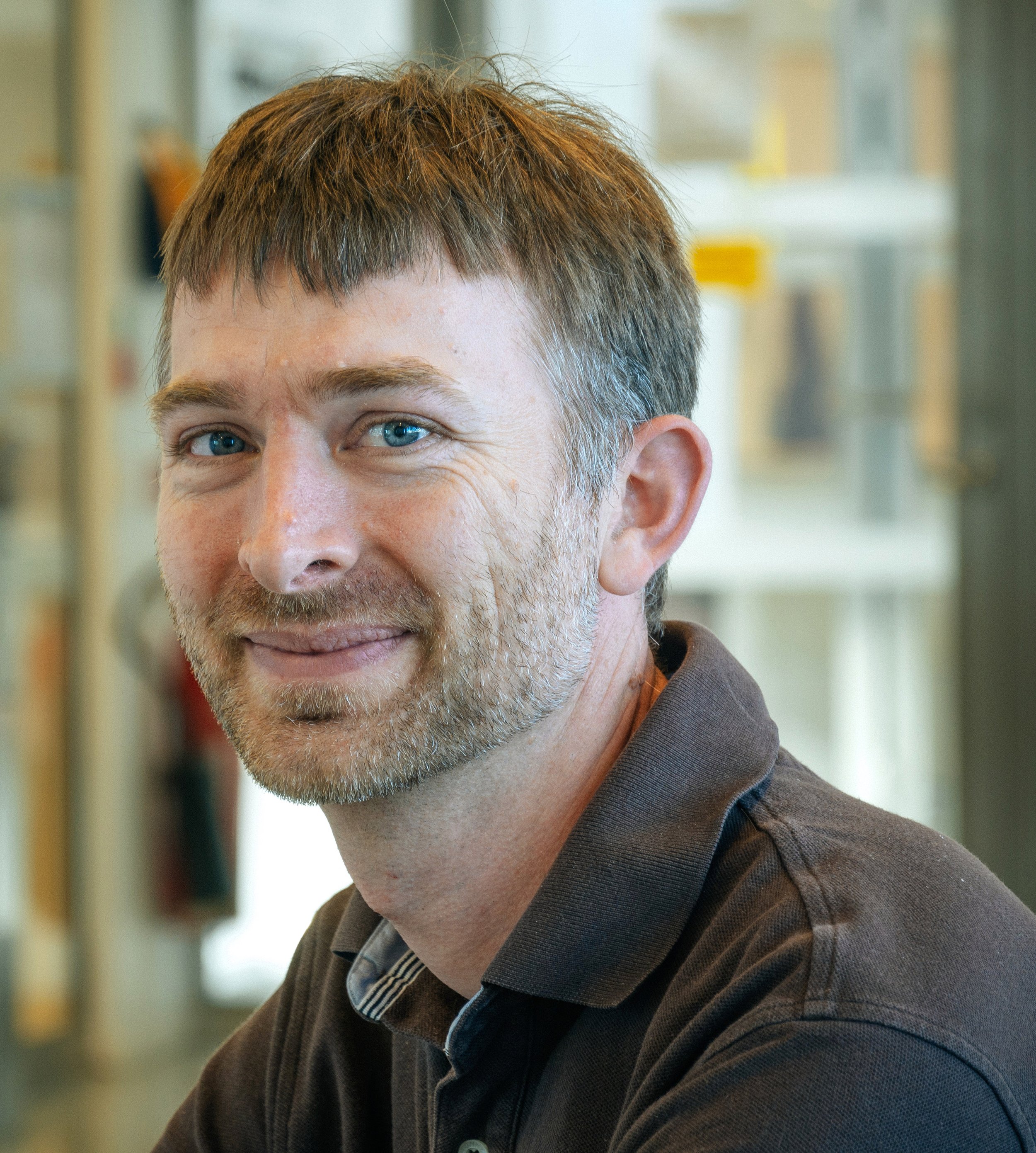LINXS’ AIDA theme puts the spotlight on key issues related to imaging experiments
AIDA’s first two events put the spotlight on key issues to grow the imaging community, break down knowledge barriers and improve experiment environments. The kickoff and partner workshop on multimodal and multispectral microscopy, both organised in January, aimed to identify good and achievable solutions.
– These two events encapsulated what we want to do, which is to progress the use of imaging techniques. Our focus is to not just identify problems, but attempt to solve them too, says Martin Bech, theme leader and senior lecturer at Medical Radiation Physics, Lund University.
Martin Bech is theme leader for AIDA, Advanced Imaging and Data Analysis.
Address issues that come up time and time again
Karina Thånell, researcher and group manager for the Imaging unit at MAX IV, agrees. She says that the issues discussed at both the kick-off, and the partner event, LEAPS Multimodal & Multispectral Microscopy workshop, which aimed to build a collaborative base for the exploration and development of multimodal and multispectral microscopy methods, come up time and time again – and not just within the imaging community. They include the need to share sample information across facilities, data analysis, improved offline experiment facilities, protocols for different techniques and samples, and accessible data sets.
Karina Thånell is group manager for the Imaging unit at MAX IV
– In modern samples, one technique is no longer enough to get the data you need. Many synchrotrons are now offering the possibility to do several experiments on the sample, for example, X-ray diffraction and X-ray fluorescence at the same time, says Karina Thånell.
Yet increasingly users also need to go to different facilities in order to perform experiments on the same sample area, which actualises the need for information and data sharing. Today, these types of experiments are harder to perform accurately she explains.
– At the multimodal workhop, we discussed how we as beamline scientists can help: where are the gaps, and what do we need to prioritise first, says Karina Thånell.
Martin Bech adds:
– In light of these discussions, our theme comes at a good time. We aim to focus on issues that are currently creating barriers both for increased use and for more advanced experiments.
A sense of excitement
Martin and Karina say that there was a lot of excitement at both meetings. Many researchers had great ideas for activities to progress the theme and multimodal experiments. They include workshops, hackathons and seminars, but also more hands-on approaches such as a mentor mentee programme where early career researchers or researchers with no prior beamtime experiments are brought together with experienced users to learn. Mentees can for example join beamtime campaigns to get first-hand experience of experiments.
Martin Bech has been part of many LINXS themes. This time around he is eager to move one step further than knowledge exchange, which although crucial, is not enough to grow the user community.
– Practical approaches like mentor and mentee programmes take learning to the next level. Everyone who is part of AIDA want to make things happen, which is really inspiring.
The theme kickoff gathered almost everyone within the theme, which is currently around 20 researchers, whereas the multimodal workshop gathered around 60 people from different synchrotron beamlines and universities in Europe.
Focus on progressing the best ideas
For the next weeks, the theme core group and the organising group of the multimodal workshop will focus on how to progress the many ideas and suggestions put forward. One activity has already taken place, a webinar on how to get started with STXM, a scanning transmission X-ray microscopy technique, suitable for gaining chemical information on a microscopic scale on different samples.
– We are looking forward to populating the calendar with events of benefit to the user community. We are at a pivotal time for developing competence within imaging, as shown by the great engagement at the meetings, says Martin Bech.


